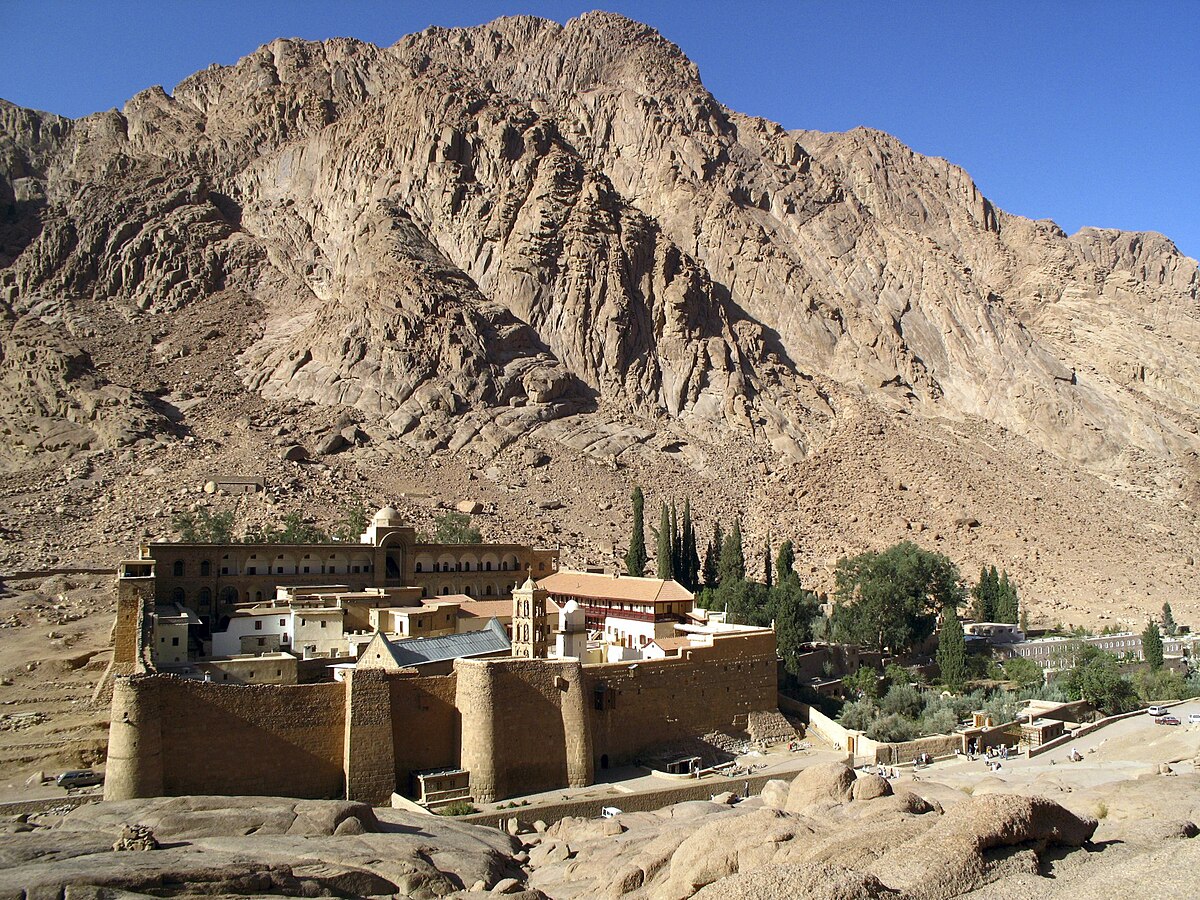 I want to introduce Darrell Post, graduate of Virginia Beach Theological Seminary, whom I invited to do this guestpost on the newly registered minuscule 2957 (David M. Rubenstein Rare Book & Manuscript Library, Duke University, Greek MS 053). Darrell has followed this blog for many years and is very interested in New Testament textual criticism. He has done us all a great service by creating and editing useful articles on Wikipedia.
I want to introduce Darrell Post, graduate of Virginia Beach Theological Seminary, whom I invited to do this guestpost on the newly registered minuscule 2957 (David M. Rubenstein Rare Book & Manuscript Library, Duke University, Greek MS 053). Darrell has followed this blog for many years and is very interested in New Testament textual criticism. He has done us all a great service by creating and editing useful articles on Wikipedia.He created the page on New Testament amulet (here). He thoroughly revised and expanded the page for NT papyri (here), uncials (here), minuscules (here), and lectionaries (here).
These helpful lists contain a lot of bibliography and links to images which is very helpful. The lists of minuscules can also be viewed by hosting institution. Darrell told me that someone else started individual pages for each minuscule, but he has not touched those pages since they are full of errors. He just focused on the lists. Here is his guestpost:
Guestpost by Darrell Post
Duke University owns a manuscript (MS 053) of Theophylactus’ commentary on the Gospel of John dated circa 1540 (see images here). The Scripture text appears to be complete with the words of the gospel written in light brown ink and the commentary text in a darker hue. This manuscript has just been issued a GA number, 2957. Wanting to know what sort of text was represented, I collated John 11:1-57 against the 2005 R-P Majority Text. Not surprisingly, MS 053 was found to mostly agree with the Byzantine text with several alternative readings.Later while collating the text of GA-318, a damaged manuscript containing only John 7:9-12:8, I found it to be a nearly perfect match to Duke’s MS 053. Both manuscripts are commentaries with Scripture text in different color ink, and in John chapter 11 they share almost the exact same words, 943 out 953. Leaving out scribal corrections and most spelling differences, as allowed by the CBGM, the coherence between the two manuscripts is 950 out of 953. The two manuscripts also share a rare abbreviation (IE) of δεκαπεντε and the rare full spelling of Jesus in 11:33 and 38, along with the full spelling of πατηρ in 11:41. They also include a few somewhat hard to find readings of the NA text where it differs from the MT (αυτω instead of αυτου in 11:12, omission of αυτου in 11:54).
According to the test passages evaluated in the Text und Textwert tool available on the INTF web page, GA-318 (and therefore Duke’s MS 053) may be part of a subset of manuscripts belonging to the cluster Wisse identified as Cluster 2148. Working through this list, I have thus far found seven other manuscripts that match the proposed sub-set of Cluster 2148: 315, 742, 817, 819, 854, 1160 and 2735. Several other manuscripts probably also belong to Cluster 2148 including 833, 855, 857 and 2470.
With a few exceptions, all ten of the manuscripts collated thus far include each of the following unique, identifying readings from John 11: The omission of marian in 11:28, the omission of poiesai in 11:37, and the addition of de after the second legei in 11:39.
The table below shows the percentage of agreements between these ten manuscripts for John 11:1-57 against the 953 words in the R-P Majority Text.
| 318 | MS053 | 315 | 817 | 742 | 2735 | 819 | 1160 | 854 | 2148 | |
|---|---|---|---|---|---|---|---|---|---|---|
| 318 | 100% | 99.7% | 99.3% | 99.2% | 99.3% | 99.1% | 98.6% | 99.0% | 98.8% | 98.3% |
| MS053 | 99.7% | 100% | 99.2% | 99.1% | 99.2% | 99.0% | 98.5% | 98.8% | 98.7% | 98.2% |
| 315 | 99.3% | 99.2% | 100% | 98.8% | 98.5% | 98.3% | 98.1% | 98.4% | 98.3% | 98.0% |
| 817 | 99.2% | 99.1% | 98.8% | 100% | 99.5% | 99.1% | 99.1% | 99.2% | 98.8% | 98.5% |
| 742 | 99.3% | 99.2% | 98.5% | 99.5% | 100% | 99.2% | 99.0% | 99.1% | 99.0% | 98.4% |
| 2735 | 99.1% | 99.0% | 98.3% | 99.1% | 99.2% | 100% | 99.4% | 99.5% | 99.8% | 98.4% |
| 819 | 98.6% | 98.5% | 98.1% | 99.1% | 99.0% | 99.4% | 100% | 99.3% | 99.2% | 98.0% |
| 1160 | 99.0% | 98.8% | 98.4% | 99.2% | 99.1% | 99.5% | 99.3% | 100% | 99.3% | 98.3% |
| 854 | 98.8% | 98.7% | 98.3% | 98.8% | 99.0% | 99.8% | 99.2% | 99.3% | 100% | 98.4% |
| 2148 | 98.3% | 98.2% | 98.0% | 98.5% | 98.4% | 98.4% | 98.0% | 98.3% | 98.4% | 100% |
POSTSCRIPT: Greg Paulson has drawn attention to the fact that Maurice Robinson mentioned this manuscript in a comment on James Snapp’s blogpost about Greek MSS in the K. W. Clark collection at Duke University in 2017: “Also to be included but not yet digitized is Duke Gr. 53 (ca. AD 1450), Commentary of Theophylact on the Gospel of John with NT text interspersed. Peculiarly, this MS has no GA number even yet, although other Theophylact commentary MSS have a GA number). In this MS, the PA is not included, as is typical for commentaries.” Well, now by 2020, the manuscript has been digitized and yesterday it got its Gregory-Aland number – 2957.


